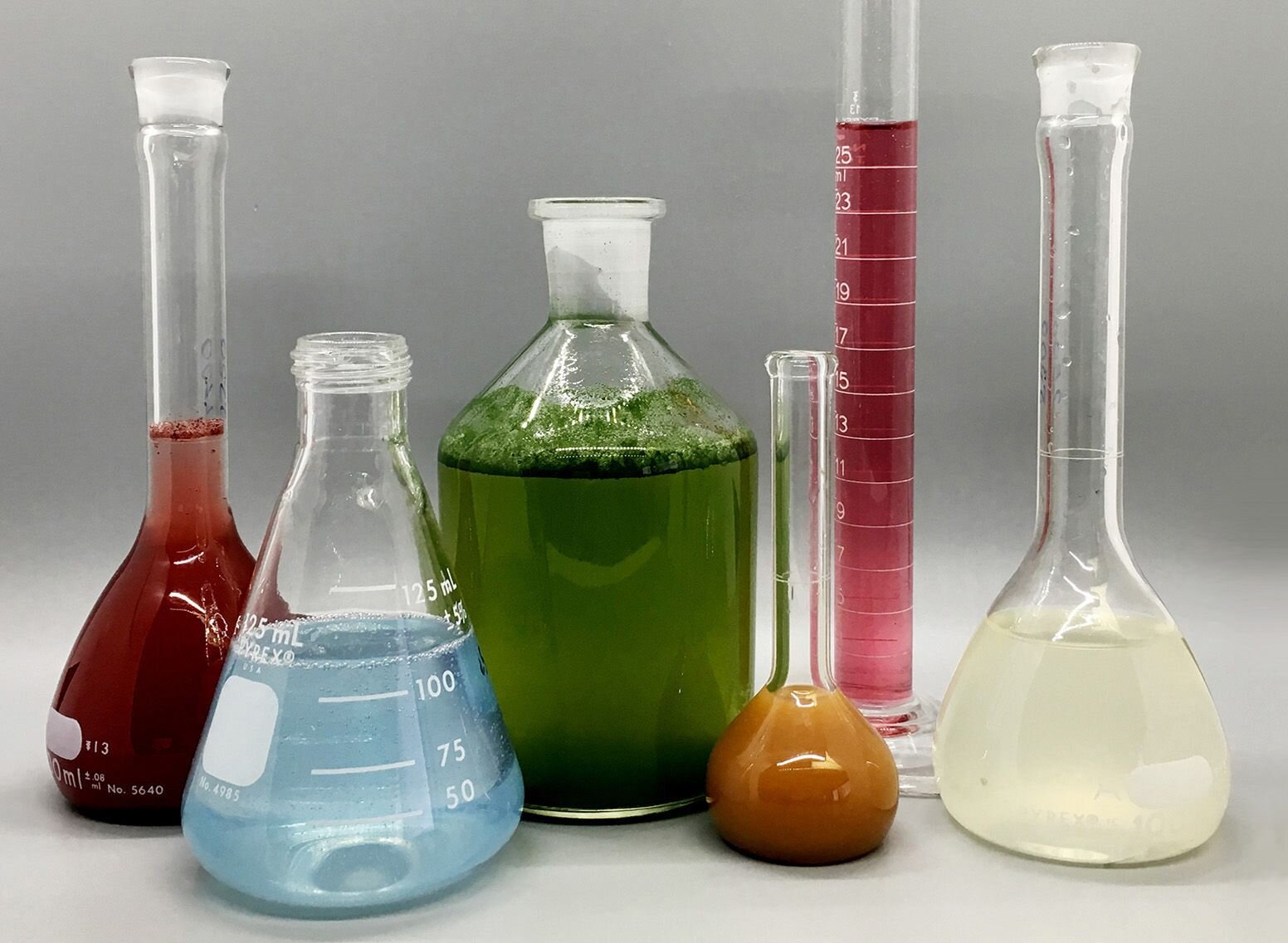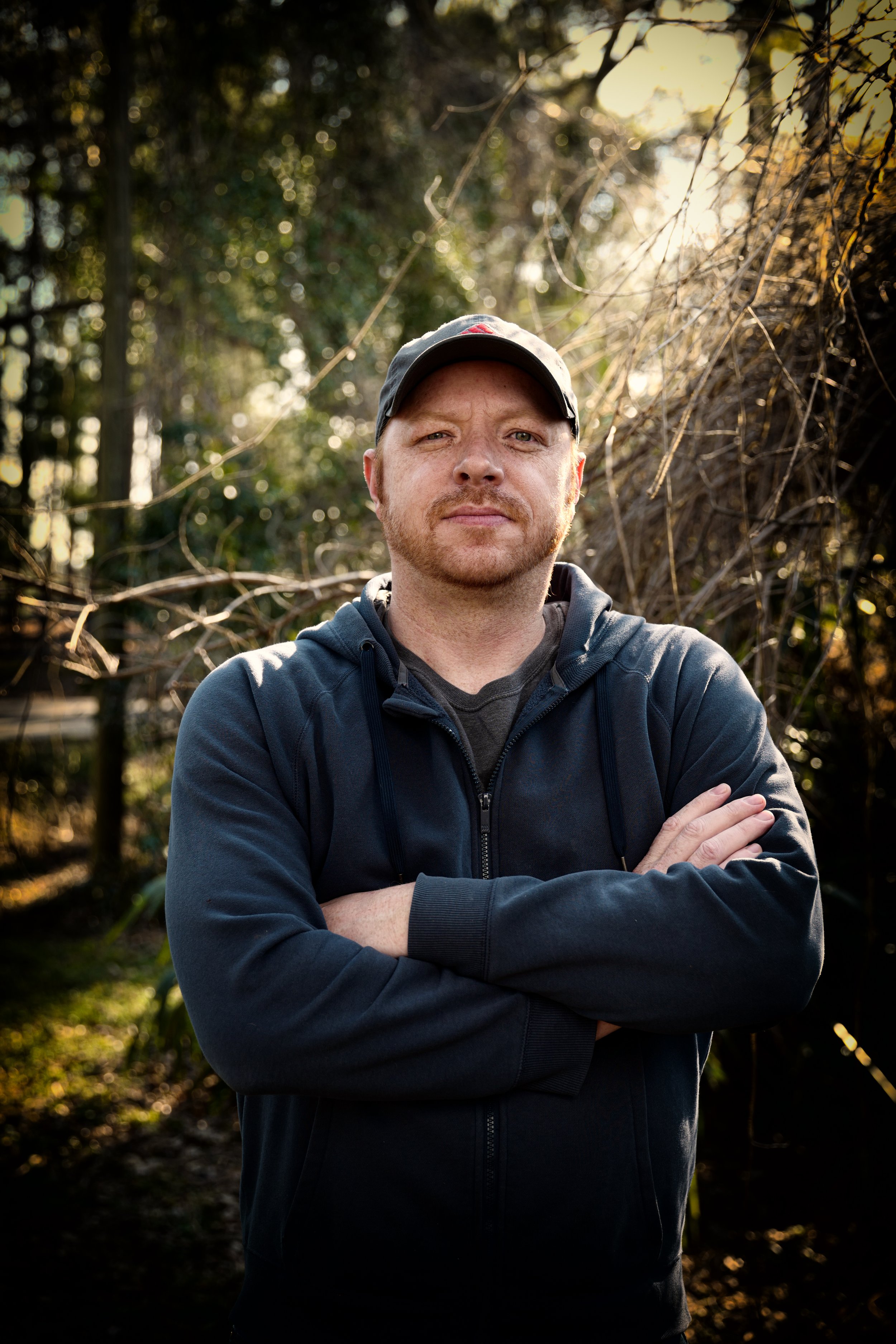The 6-Minute Rule for Uv/vis
The 6-Minute Rule for Uv/vis
Blog Article
The 7-Minute Rule for Spectrophotometers
Table of ContentsGetting The Circularly Polarized Luminescence To WorkWhat Does Circularly Polarized Luminescence Mean?Uv/vis/nir - TruthsAn Unbiased View of Circularly Polarized Luminescence10 Easy Facts About Circular Dichroism Shown

Spectrophotometry is a tool that hinges on the quantitative analysis of particles depending on how much light is taken in by colored substances.
The Best Guide To Circular Dichroism
A spectrophotometer is typically utilized for the measurement of transmittance or reflectance of options, transparent or opaque solids, such as refined glass, or gases. Although numerous biochemicals are colored, as in, they soak up noticeable light and therefore can be determined by colorimetric procedures, even colorless biochemicals can often be converted to colored compounds appropriate for chromogenic color-forming responses to yield substances appropriate for colorimetric analysis.: 65 However, they can also be developed to measure the diffusivity on any of the listed light ranges that normally cover around 2002500 nm using various controls and calibrations.
An example of an experiment in which spectrophotometry is used is the determination of the equilibrium constant of a service. A particular chain reaction within a solution may happen in a forward and reverse direction, where reactants form products and items break down into reactants. Eventually, this chain reaction will reach a point of balance called an equilibrium point.
The Best Strategy To Use For Circular Dichroism
The quantity of light that travels through the service is a sign of the concentration of specific chemicals that do not allow light to travel through. The absorption of light is due to the interaction of light with the electronic and vibrational modes of particles. Each type of molecule has a specific set of energy levels connected with the makeup of its chemical bonds and nuclei and hence will soak up light of specific wavelengths, or energies, leading to special spectral properties.
They are widely utilized in lots of markets consisting of semiconductors, laser and optical manufacturing, printing and forensic examination, as well as in laboratories for the study of chemical substances. Spectrophotometry is often used in measurements of enzyme activities, decisions of protein concentrations, decisions of enzymatic kinetic constants, and measurements of ligand binding reactions.: 65 Eventually, a spectrophotometer is able to determine, depending on the control or calibration, what compounds are present in a target and exactly how much through calculations of observed wavelengths.
This would come as a solution to the formerly created spectrophotometers which were unable to take in the ultraviolet correctly.
The Circularly Polarized Luminescence PDFs
It would be found that this did not provide acceptable results, for that reason in Design B, there was a shift from a glass to a quartz prism which permitted much better absorbance results - circular dichroism (https://www.artstation.com/julieanndesalorenz1/profile). From there, Design C was born with a modification to the wavelength resolution which ended up having 3 units of it produced
It irradiates the sample with polychromatic light which the sample soaks up depending on its homes. It is transferred back by grating the photodiode array which spots the wavelength area of the spectrum. Ever since, the development and application of spectrophotometry gadgets has increased tremendously and has actually turned into one of the most innovative instruments of our time.

What Does Uv/vis Mean?
The grating can either be movable or fixed.
In such systems, the grating is fixed and the strength of each wavelength of light is measured by a various detector in the variety. In addition, most modern mid-infrared spectrophotometers utilize a Fourier transform method to acquire the spectral information - https://urlscan.io/result/3823bc3a-74b6-4d0f-8f09-522e983b4d26/. This method is called Fourier transform infrared spectroscopy. When making transmission measurements, the spectrophotometer quantitatively compares the fraction of light that travels through a reference service and a test service, then digitally compares the intensities of the two signals and computes the portion of transmission of the sample compared to the reference standard.

Report this page